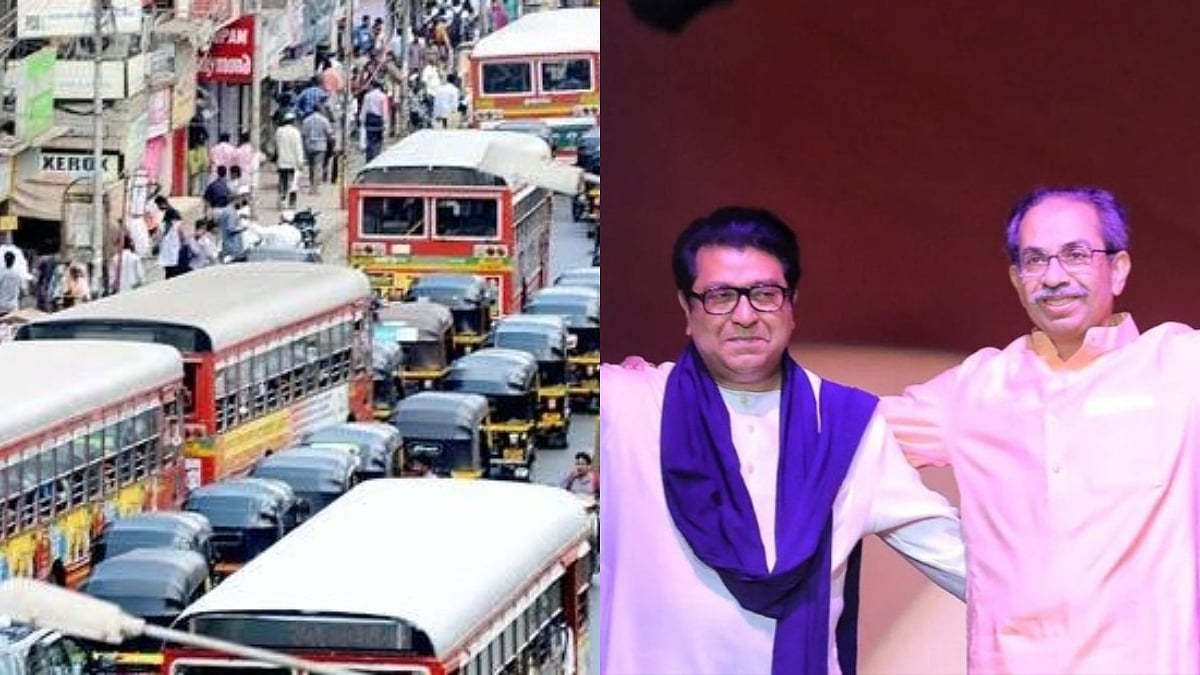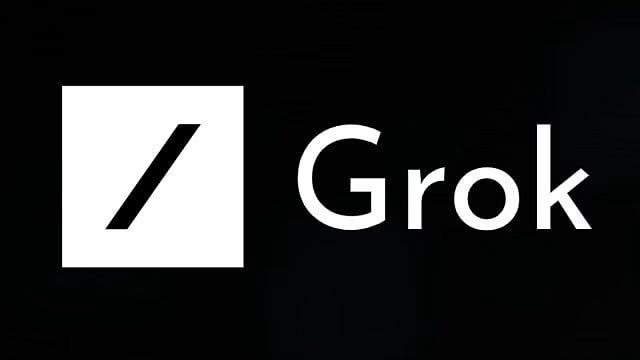In an age where our social media feeds are flooded with photos of picture-perfect sunsets, celebrity lookalikes and seemingly miraculous events, one can’t help but wonder: How much of what we see is real? The rise of fake images and videos is transforming the way we perceive reality, and not necessarily for the better.
Remember the days when a photograph was a cherished piece of evidence? A snapshot captured a moment in time, a slice of truth you could hold in your hands, till the print or memory faded. Today, advanced technologies like deepfakes and AI-generated imagery have turned that notion on its head. What we once took as visual proof now comes with a question mark. That viral video of a politician making an outrageous statement, or the seemingly candid photo of a celebrity in a compromising situation, could be nothing more than sophisticated fabrications.
This surge in digital deception is more than just a technological marvel; it’s a societal game-changer. When it becomes nearly impossible to distinguish between what is real and what is fake, our trust in visual media starts to erode. This scepticism isn’t limited to news and entertainment; it seeps into our personal lives, too.
Think about your last scroll through Instagram. For many, it might be just few minutes ago. Did you find yourself questioning whether that influencer’s flawless skin is real or a product of digital airbrushing? Did the spectacular vacation photos of your old high school friend make you wonder if they were edited to appear more glamorous? As we increasingly doubt the authenticity of the images we consume, our reactions to them change.
Psychologists suggest that this constant questioning of reality can lead to a pervasive sense of cynicism. When we are conditioned to second-guess everything we see, it can dull our emotional responses. A touching video of a soldier reuniting with their family might not bring tears to our eyes if we are busy wondering if it’s been staged. The joy we might feel at seeing a stunning natural wonder is muted by suspicions of digital enhancement.
Moreover, the impact on our social interactions is profound. Trust is a cornerstone of human relationships, and when we can’t trust what we see, it affects how we relate to each other. As with all negative news, fake news spreads faster than the truth on social media. This proliferation of false information makes it harder to connect with others based on shared reality. If you can’t trust the news your friend shares, can you trust their opinions? If you can’t believe in the authenticity of a photo, can you believe in the memory it represents?
The social objective of objectivity — a shared commitment to truth and unbiased information — is under severe threat in this landscape of digital deceit. When fake images and videos proliferate, the very concept of an objective reality becomes tenuous. Objectivity relies on a collective agreement on what is real and true, but when manipulated media blurs those lines, this agreement fractures. This erosion is not just a philosophical dilemma; it has tangible consequences for society. Without a common ground of facts, public discourse becomes fragmented, and the ability to address shared challenges — like political corruption, public health, and climate change — diminishes. The loss of objectivity means we can no longer rely on our shared reality to drive informed decision-making, weakening the foundations of democratic governance and societal progress.
However, it’s not all doom and gloom. Awareness is the first step toward adaptation. As individuals and as a society, we’re developing new tools and techniques to combat digital deception. Fact-checking websites, digital forensics experts, and AI tools designed to detect fakes are all part of the arsenal we’re building to reclaim our trust in visual media.
As we navigate this new world shaped by technologies, it’s crucial to foster a healthy scepticism without falling into outright paranoia. It’s about finding a balance between questioning what we see and maintaining our ability to connect emotionally with the world around us. After all, while technology evolves, the fundamental human need for connection and truth remains unchanged.
What About Our Belief System?
The foundation of our belief system is built on trust — trust in our senses, in the information we receive, and in the people who provide it. When that trust is compromised, our belief system begins to fracture. The pervasive presence of fake images and videos chips away at this foundation, leading to a crisis of confidence.
This crisis is not just about mistrusting the media; it extends to our social fabric. We begin to question the authenticity of our interactions and the veracity of our relationships. When a friend shares an amazing story or an emotional experience through photos or videos, the first impulse might no longer be to share in their joy or sorrow but to question the truthfulness of their account. This erosion of trust can create a barrier to genuine human connection, leading to isolation and a sense of alienation.
Furthermore, the continuous bombardment of manipulated content creates a fatigue that can dull our critical thinking skills. When every piece of content demands scrutiny, we may start to feel overwhelmed and disengaged. This mental exhaustion can make us more susceptible to accepting false information, as our cognitive resources become stretched too thin to constantly verify every piece of data.
Ceding Our Thinking
When we allow social media and platforms like WhatsApp to dictate what we believe, we are essentially outsourcing our critical thinking. This abdication of cognitive responsibility can have several negative consequences.
Firstly, it undermines our ability to discern truth from falsehood. Social media algorithms are designed to maximise engagement, often by promoting sensational or emotionally charged content. This can create echo chambers where misinformation spreads unchecked. When we accept information uncritically, we become vulnerable to manipulation by those who exploit these platforms to disseminate false narratives.
Secondly, this reliance on social media for information can lead to the erosion of our cognitive skills. Critical thinking, analytical reasoning, and scepticism are mental muscles that need regular exercise. If we constantly accept information at face value these skills atrophy, making us more gullible and less capable of independent thought.
Moreover, this phenomenon can have broader societal implications. A populace that readily accepts misinformation is easier to polarise and control. This can erode democratic processes and societal cohesion, as people become divided by falsehoods and unable to engage in meaningful dialogue based on shared facts.
To combat this, we must cultivate a healthy scepticism and engage our critical thinking skills. By doing so, we can navigate the digital landscape with a discerning eye, preserving our belief systems and fostering genuine human connections. After all, in a world where seeing isn’t always believing, maintaining our ability to think critically and connect authentically is more important than ever.
Dr Srinath Sridharan is a policy researcher and corporate adviser. X: @ssmumbai









